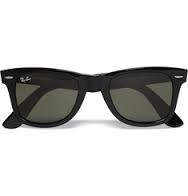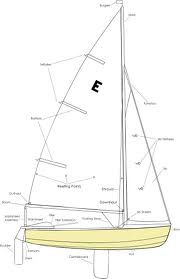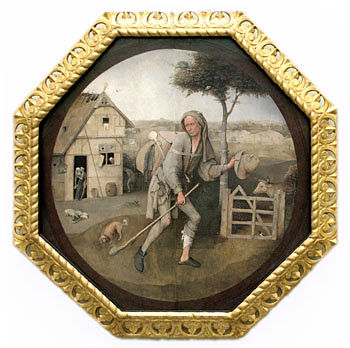(classic definition font) Wayfarer (way far er) n. – a person who goes on a journey; a traveler, wanderer, or voyager; one who travels, especially by foot
From Middle English weifarere or wayfarere wei, way meaning way and faren (Old English) to go on a journey
The Pop Fashion Icon
A popular and revolutionary design of sunglasses
First produced by Ray-Ban in 1956, the Wayfarers design is credited to optical designer Raymond Stegeman and is now considered one of the most significant fashion and style innovations of the 20th century. Originally made famous by icons like Bob Dylan and John F. Kennedy, Wayfarers endured a decrease in popularity throughout the 1970’s before enjoying a revival in the early 80’s, partially thanks to Tom Cruise’ character wearing Wayfarers in a famous scene in the film Risky Business. Celebrity fans like Michael Jackson, Madonna, and Jack Nicholson, helped keep the design in style well into the 21st century and they remain a hugely popular choice of sunglasses for people of all ages today.
The Boat
A type of small sailing dinghy, generally Bermuda-rigged and made with a wood or fiberglass hull
Designed by Ian Proctor in 1957, the Wayfarer can seat 3 adults comfortably and is generally suited to shorter sailing trips, not longer than a day. Though its manageable size and noted stability make it a sensible choice for beginners and families, its combination of versatility and speed means it also remains popular among experienced sailors and racers. Legendary sailor Frank Dye even made the treacherous 650-mile crossing from Scotland to Iceland in an uncovered Wayfarer, by far the longest anyone has sailed one of these classics of sailboat design.
The Painting
A 1510 Hiernoynmus Bosch painting
Interpretations of the painting vary, but most scholars contend that the work depicts the choice every traveler must make between vice (symbolized by the ‘sinful’ tavern, snarling dog, and urinating man on the left) and virtue (the promise of noble rewards of hard work, represented by the cow and rolling fields on the right). Other critics suggest the traveler has just left the tavern and he will face obstacles (represented by the locked gate) in returning to an honest life or that he is the Prodigal Son returning home from the cruel, devilish world.
The Poem
An 1899 poem by Stephan Crane
The wayfarer, Perceiving the pathway to truth, Was struck with astonishment. It was thickly grown with weeds. "Ha," he said, "I see that none has passed here In a long time." Later he saw that each weed Was a singular knife. "Well," he mumbled at last, "Doubtless there are other roads."
In just eleven lines, Crane’s work effectively captures how deceptively easy the search for truth, in any form, can be. The wayfarer initially seems both arrogant and naïve, ridiculing those former enlightenment-seekers who allowed the “pathway to truth” to become overgrown from limited use and implying his superiority over them. However, the last four lines see him finally able to fully comprehend the actual difficulty of the quest (by realizing that the path is covered in knives that only appear to be weeds) and shamefully abandoning his task, just like all those who came before him.
Honorable Mention
The Club: The Wayfarers’ Club – an elite British mountaineering club founded in 1906
The Chapel: The Wayfarers Chapel – a gorgeous modern church in California designed by Lloyd Wright, son of famed architect Frank Lloyd Wright
The Game: Wayfarers – a fantasy role-playing-game released in 2008 similar to Dungeons and Dragons
The Album: Wayfarer – a well-received 1983 jazz album featuring Norwegian saxophonist Jan Garbarek




